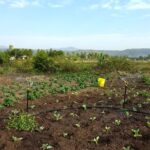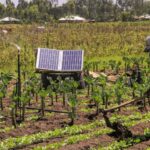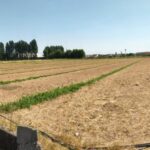Defining a ‘small farm’
It is almost impossible to define a ‘small farm’ in a way that includes everyone who should be in that group. In fact, it is almost easier to define them as what they are not. A small farm is NOT an industrialised, large-scale, monocropped farm.
The most widely used definition of a small farm is a farm that is less than 2 hectares (4.9 acres) in size.
The Landworkers Alliance (UK) suggests that it is more helpful to look at the values behind successful and sustainable farms than sheer land size. This is because the impacts of an individual farm can be a bit independent of the amount of cultivated land. It can differ dramatically depending on factors such as: climate, economics, crops grown, machinery used animals raised…
The following values are those which could be used to define ‘small-scale’ farming:
- Ecology – increased biodiversity
- Autonomy – farmers able to make decisions for their land – a great example being ‘Farmer Led Irrigation’
- Cooperation – networks of farmers working together to share knowledge and resources
- Community – farms can form a part of local culture and provide local jobs
- Livelihoods – fair prices for good quality food
- Accountability – pride in quality, healthy food which plays a part in public confidence in farming
At Futurepump we have seen the diversity across small-scale farms as our work has taken us to many growers around the world. No two farms are the same in size, set-up, or even end goals. From a 3x3m allotment to a few acres, they all count – and that’s the brilliant thing about small-scale farming, with a bit of land you can make it what you want.
Did you know? – There are approximately 570 million small farms in the world (each less than 2 hectares in size). These farms produce around 80% of the world’s food.

What is a word for a small farm?
Whilst working in the small-scale farming sector we’ve come across many different names for a small farm. They do have slightly different definitions, but these are just a few of the names commonly used:
- Micro-farm
- Hobby farm
- Croft
- Shamba
- Market Garden
- Allotment
- Smallholding
- Homestead
What is the minimum size for a farm?
Realistically, anyone can be a farmer, whatever size of land they have. However, if your farm is to be commercial and not just for subsistence, you will typically need over 1 acre (0.4 hectares).
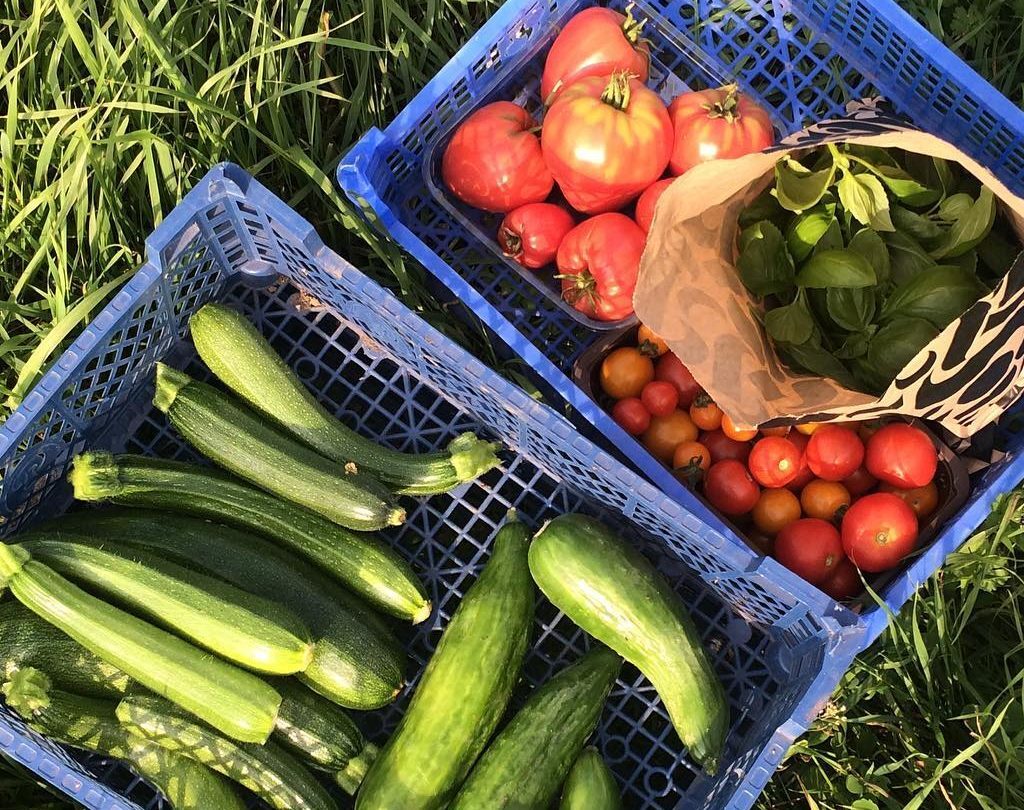
How to start a small farm
Perhaps you already have a plot or maybe you are looking into purchasing or renting a piece of land to farm. There are a few things you need to know before you start your farm.
From starting out with a budget, to assessing your specific farm environment (soil, water source etc), to deciding whether you want to farm for pleasure (growing what you like to eat) or as a business. We discuss making a profit from a small farm in the next section.
Advice from our customers
- Don’t go ‘too hard’ too soon! It can be very tempting to plant every seed you can think of, but I’d advise starting small and gradually adding to your farm. Otherwise at peak growing season you may suddenly be overwhelmed.
- Make a plan and keep detailed notes
- Join a community of farmers to share knowledge – this could simply be online. There are loads of Instagram and TikTok account sharing advice nowadays
- Ask for help at busy times, just because you’ve decided to create a farm doesn’t mean you have to go it alone
- Make sure you have a good supply of water
To make a success of a small farm, it is all in the preparation. The more you can learn from other farmers, courses or helping out on other people’s farms, the better.
A Futurepump farmer – Geoff at Brimwood farm has put together this great blog on “How to start a farm with no money” – we recommend checking it out for more advice.
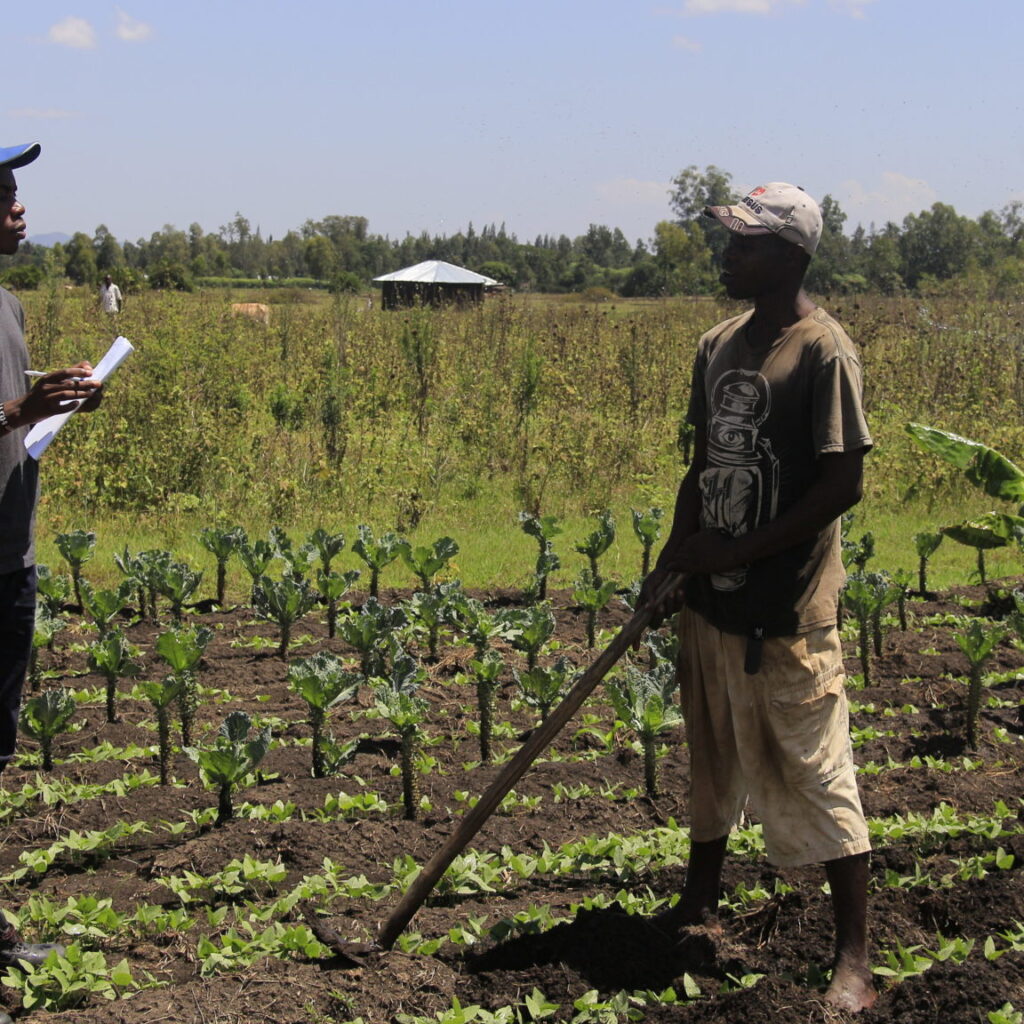
Can you make a profit from a small farm?
It is certainly possible to make a profit from a small farm, but was with all business ideas, it is not guaranteed.
If your main goal is profit then you must remember that you are setting up a business, not just getting out on the farm and growing. There are several things that any business requires to become a success. A farm business simply has some specific farming responsibilities included.
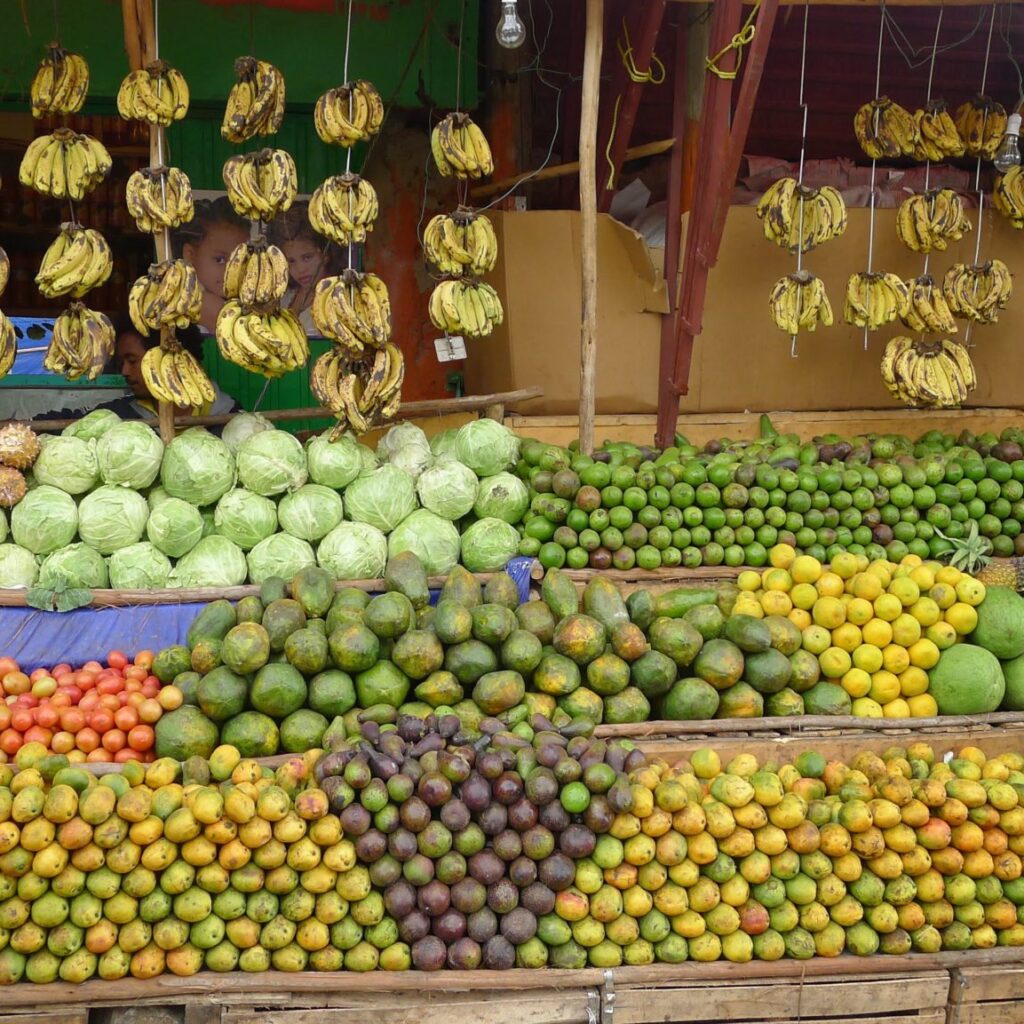
Start with a plan
First things first, before you get your hands dirty, it is important to have a plan and a goal with timescales. What do you want to achieve in year 1, year 2, year 3 and when can you realistically expect to make a profit? You should also complete a risk assessment and have a contingency plan for if seeds don’t germinate or drought hits for example.
This farm specific business plan should include an assessment of your specific working environment – what is the size of land you want to grow on, what soil type do you have, do you have a reliable water source?
Then you need to look at your local market and identify what there is demand for. The reality is that you are not going to be able to sell all your produce if everyone is harvesting the same things at the same time – certainly not at the best price.
It is important to keep records of what you plan, what you have tried, what has worked well and what needs to change. You can also keep track of spending and profits which helps you adapt and improve going forward.
If you want more detail on these points specifically, our blog ‘7 steps to turning your farm into a business’ is a great place to start
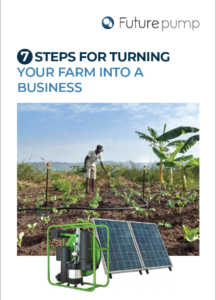
What are the most profitable small farms?
Find your niche
If you’re simply out for a profit then it is usually best to focus on one niche that has a demand in your local market. That could be something that lots of people need, or something that is a challenge to grow.
For example, market research shows that one of the most profitable small farms is growing tree seedlings to be sold on to other farms. This is because it can be difficult to start seedlings and if you can get it right, people will pay.
However, it is important to remember that what this niche is will depend on your specific location – the market needs variety – we cannot all be tree seedling growers and make a profit.
To increase the robustness and sustainability on your farm, your land also needs some variety. So it’s important to note that when we refer to focusing on a niche, we do not mean only grow that crop.
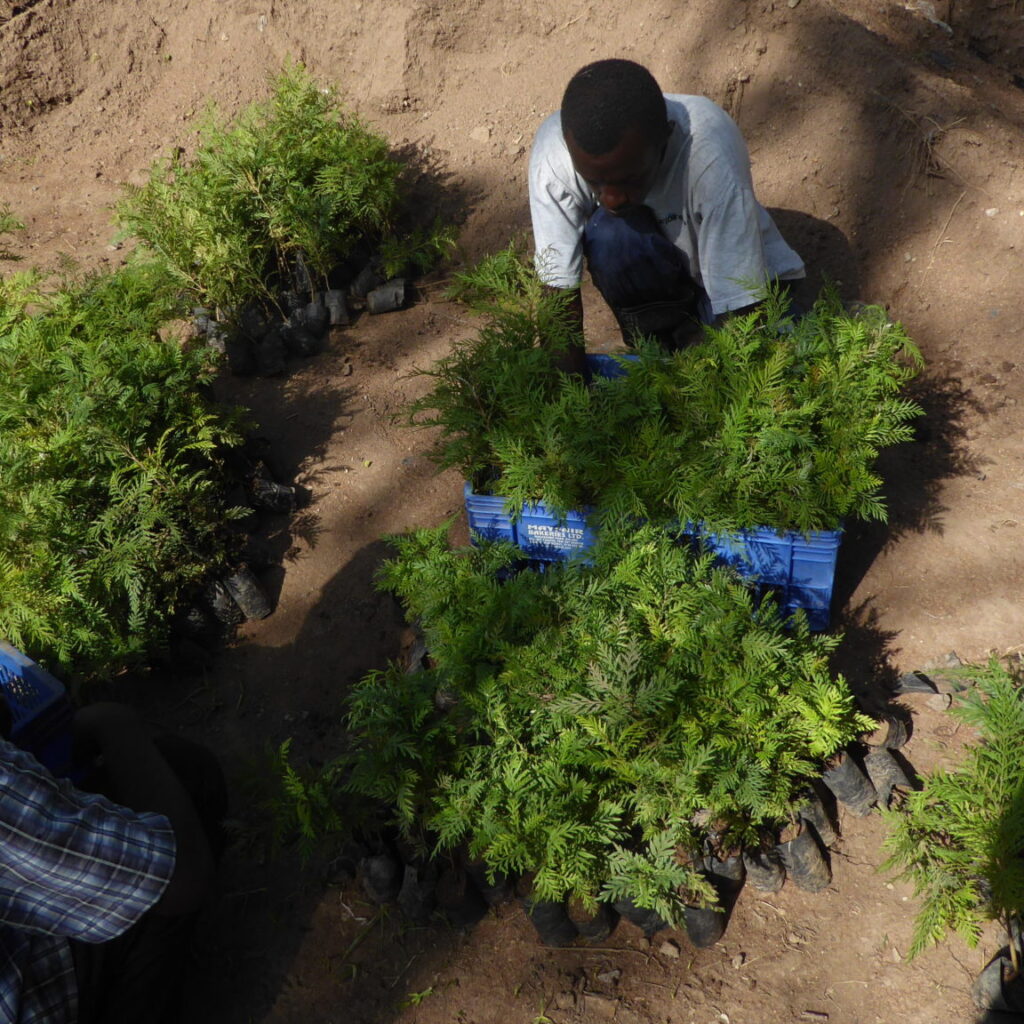
Focusing on one crop doesn’t mean forgetting the others
The niche crop is your main focus for making a name for yourself, and the bulk of your income, but you do not want to become a mono-crop farmer as this is not sustainable in the long run.
In order to keep your ‘focus crop’ growing well it helps to create a diverse farm to encourage pollinators, improve soil quality and overall productivity of your farm. Growing additional crops alongside your focus crop can also provide you with additional produce to eat or sell.
If you search online there are some great resources showing which plants work well as companion plants for specific crops. During your planning stage, take a look at some of these. Here is an example resource we have found:
What is Companion Planting?
The benefits of poly-culture (growing multiple crops) over monoculture (growing one crop) on a small farm include improvements to soil health, increases plot biodiversity and reductions in the need for pesticides.
Other examples of ‘focus-crops’ are:
- Flower farming
- Bee farming (for honey and other products)
- Salad leaf growing
- Green maize (in the dry season)
Did you know? – It works well to plant onions or leeks near carrots as they will help to repel carrot fly. Carrots also don’t like to be too hot, so if you can plant a tall plant, such as tomatoes, near them it can help to provide shade.
What is the cheapest form of irrigation for a small farm?
There are many things to consider when looking into the true cost of irrigation on a small farm.
The cheapest way to get water to your crops would be rainfall – however, there are hidden costs to waiting for the rain. Water falling from the sky may be free, but it is increasingly unpredictable and hard to manage. It also limits you to farming in the rainy seasons.
If the rain does not fall when your crops need it, you are putting them at risk of wilting and dying. The monetary risk here is that you lose the value of your seeds and any other inputs you have added to the soil – that has the potential to be really expensive.
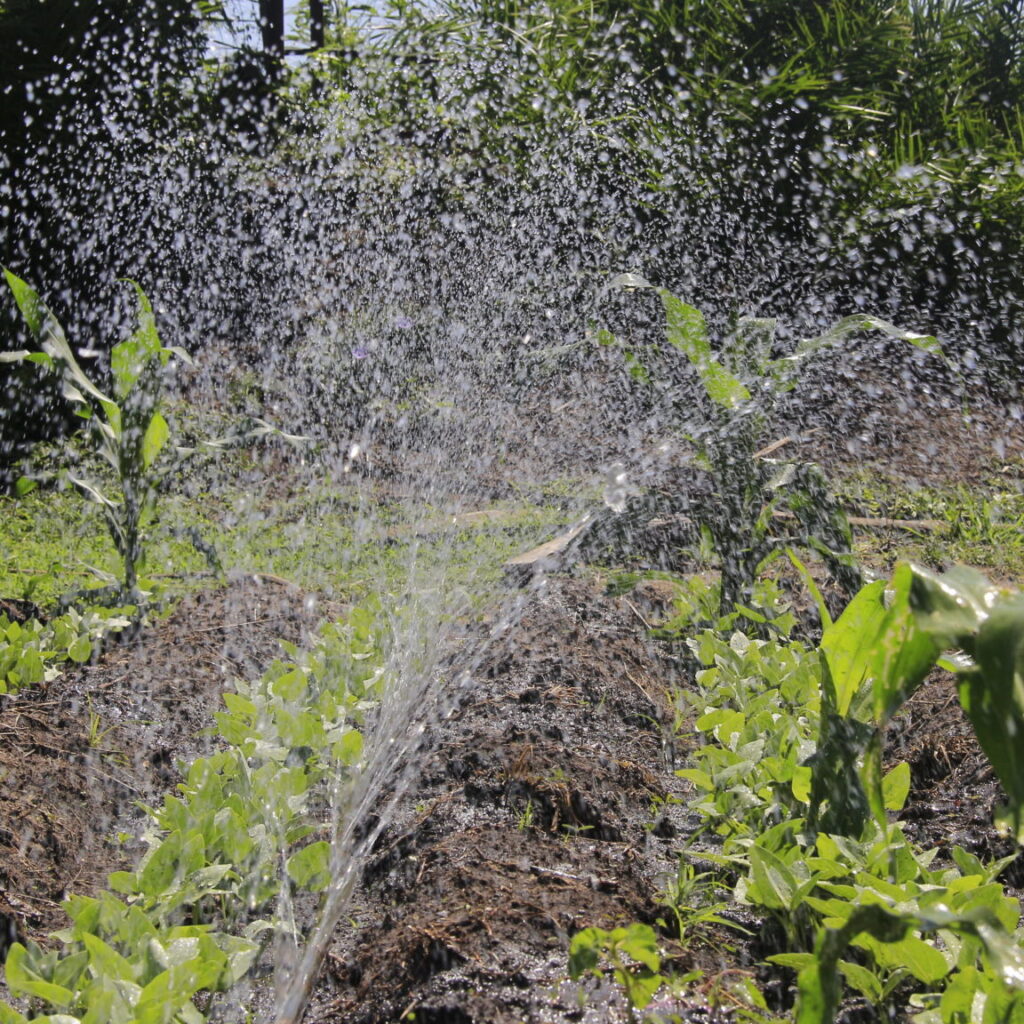
When the rain falls, harvest it to use at other times
We always recommend harvesting rainwater where possible – from waterbutts to tanks or waterpans, making the most of the rain running off rooftops or across the ground is always worth it.
We’ve written some blog posts to give you some ideas on using rainwater most effectively…You can access them here:
How to get the most crop per drop
How to prepare your farm for incoming rain
For your crops to thrive, managed irrigation is important.
If you have rainfed tanks or another source such as a well or river then the next thing to consider is how you get your water to your crops. To get water flowing from a source below the ground, you will need to lift water somehow. This can either be done manually and/or using a pump.
Manual irrigation
To get water manually from a river, lake or well you can either use a bucket and lift the water by hand or a manual pump such as a treadle pump. Outwardly this method is the cheapest – you do not have to invest in a pump or other irrigation equipment. However, the cost here is in labour time and limitations to the size of area you can irrigate. Workers spending their day manually irrigating crops are not able to do other profit making work on the farm.
Unless you have a lot of labourers you will also be limited to a small area of land – this reduces your potential output and the amount you will be able to sell at market.
Powered pumps
Petrol/diesel
Fossil fuel powered pumps produce high flow-rates and are commonly used for flooding land in furrows for irrigation. There are several costs associated with fuel pump irrigation – the initial cost of the pump, maintenance (servicing and replacement every few years) and the cost of fuel. Due to the high-flows these pumps usually have to be closely monitored whilst in use to ensure that the crops get the right amount of water and fuel is not wasted.
Electric
Electric pumps require a source of electricity on the farm which is not always available. They also have the initial cost of the pump and the price of electricity to power the pump. They usually have lower flow-rates than petrol/diesel pumps which are easier to manage for irrigation.
Solar
As with all technology for the farm, the cost of a solar water pump can vary widely depending on the type of pump, and the technical capabilities of the system. In general, the larger the system and especially the larger the solar PV panel, the larger the price tag.
It is possible to purchase a solar pump on a budget, and over time, most solar systems will make and save you money. The money saving comes from not needing to purchase additional fuel over the years.
See our Ultimate Guide To Solar Water Pumps for more information and our blog – 4 things to know when going solar on your farm.
Whichever you choose, you should always do your best to be efficient with the resources you have.
We’ve put together a set of resources to help you irrigation effectively and efficiently. We cover some of the most common mistakes people make when setting up their irrigation system in our blog: Is your irrigation method setting up your farm for success?
What are some different types of irrigation?
There are many different ways to irrigate on your farm, and what you choose will depend on your crops, soil, budget and water source.
Irrigation methods range from the simple and easy, to those requiring the purchase of specialised equipment. Our video below outlines some of the most popular types of irrigation we’ve seen on small farms.
- Drip
- Sprinklers
- Mist
- Manual
- Furrow or flood

What is the most effective type of irrigation?
The answer to this question depends on your definition of ‘effective’. Drip irrigation is widely accepted as the most efficient form of irrigation as water drips directly into the soil at the base of the plant – this means you’re less likely to experience evaporation before the roots of the plants can take up the water.
However, setting up drip lines can be arduous – you have to be very careful not to tear or snag the drip tape as you set it up and every season you should remove all the lines before working on the soil. If your water source has sediment in it, sometimes the drip tape pores can become blocked which also reduces its effectiveness.
Sprinklers are less efficient but work well to get a ‘rain’ of water onto your crops and are much easier to set up and maintain. If the sprinkler head becomes blocked with sediment it is a quick job to clean it out.
However you choose to irrigate, irrigating in the morning or evening reduces water loss to evaporation and can be the most efficient way to use your water.
At Futurepump, our solar pumps have no battery so work best in the middle of the day – many of our customers use this free solar energy to pump water up to a tank to be used as gravity irrigation at the most efficient time of day.
You can read more about different irrigation options for small scale farming in our blog: What irrigation options are there for smallholder farmers?
We hope that this guide will be useful to you going forward. To get the most out of this guide you can download and print it and use the additional notes sections to help you plan your small farm.

 Cart is empty
Cart is empty 
